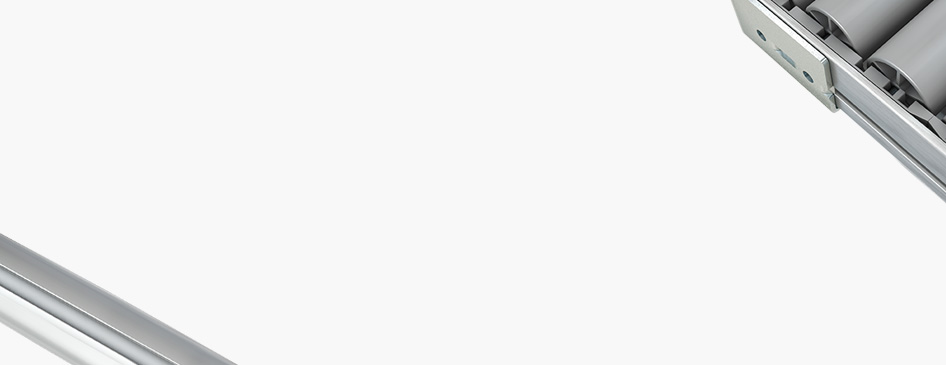
Choose one
or multiple languages
0,1,1
- German
- English
- Chinese
- Spanish
Fracture mechanics
Fracture Mechanics investigates the failure of cracked components and the propagation of cracks in a component or Material until it fractures under static and dynamic loads.
The tests assume there is an existing defect (crack) that occurred either during the manufacturing process (cavities, inclusions, stress cracks) or as a result of stresses.
Fracture mechanics analyses the emergence and propagation of cracks. A stress intensity factor describes the stress distribution around the tip of the crack. The sample or component is then subjected to a load in such a way that the crack grows until fracture occurs, i.e. the breaking Strength is exceeded.
The following are analysed in fracture mechanics:
- Fatigue fractures (fatigue failures)
- Brittle fractures (separation fractures)
- Ductile fractures
Linear-elastic fracture mechanics methods (e.g. the nominal stress concept) are normally used for brittle materials and elastic-plastic fracture mechanics methods for ductile materials (CTOD concept, J-integral concept).
